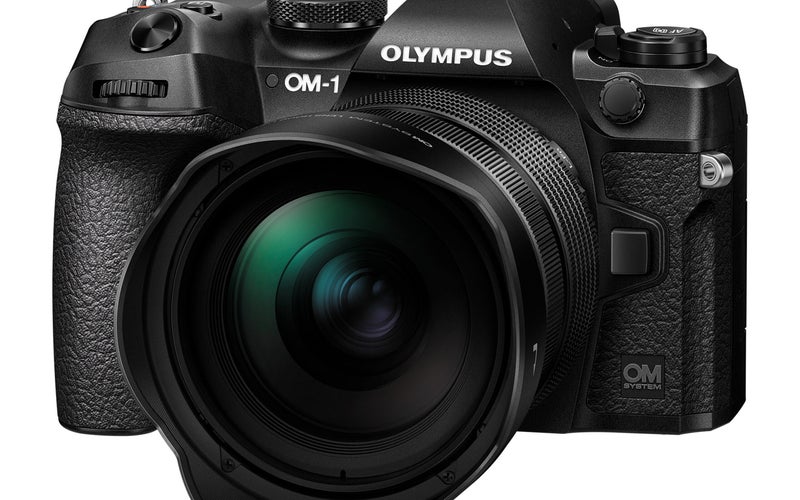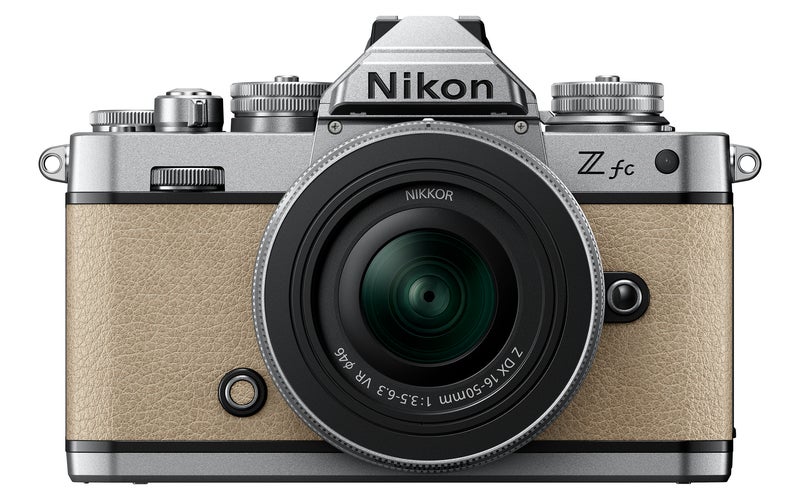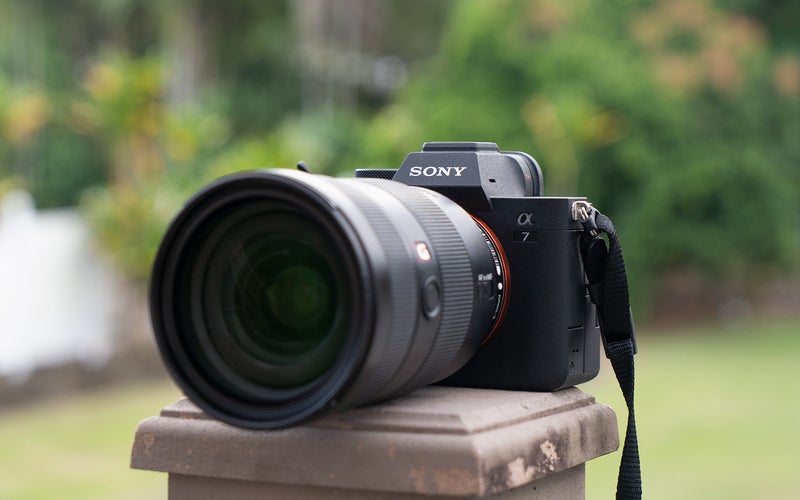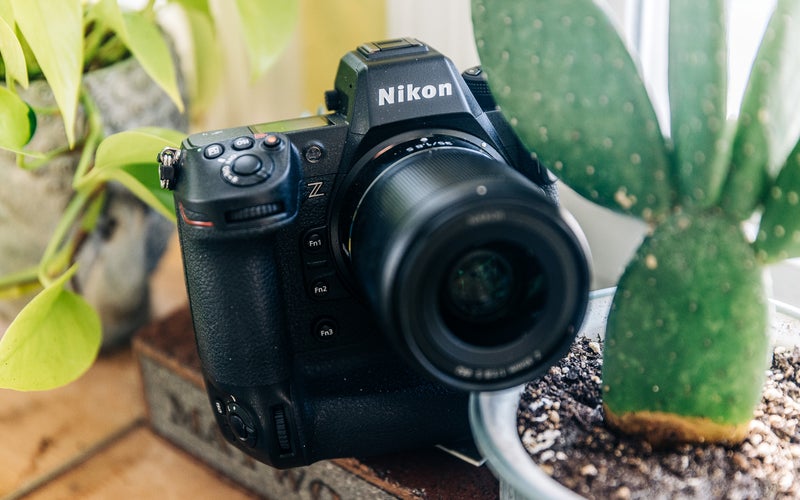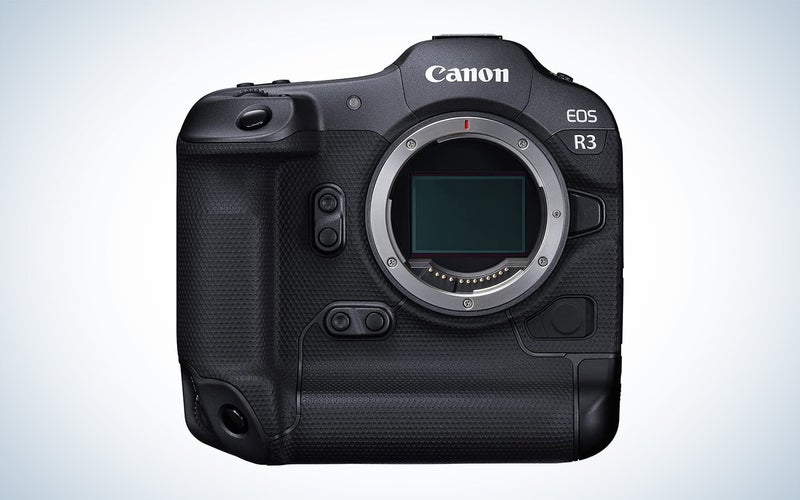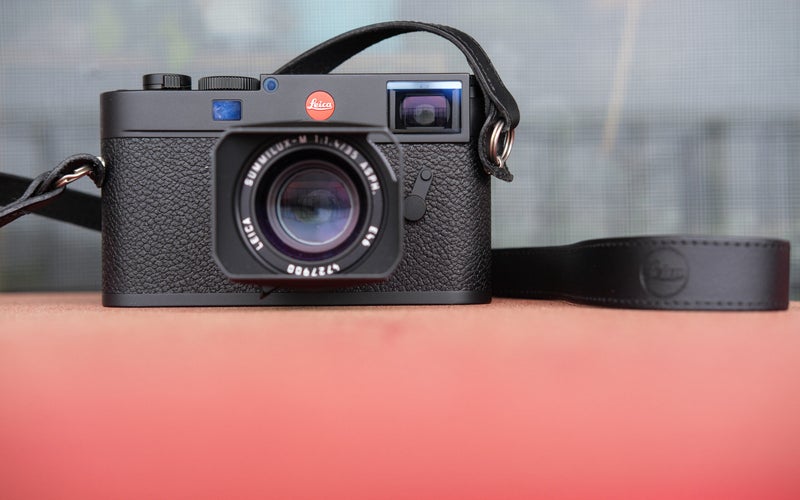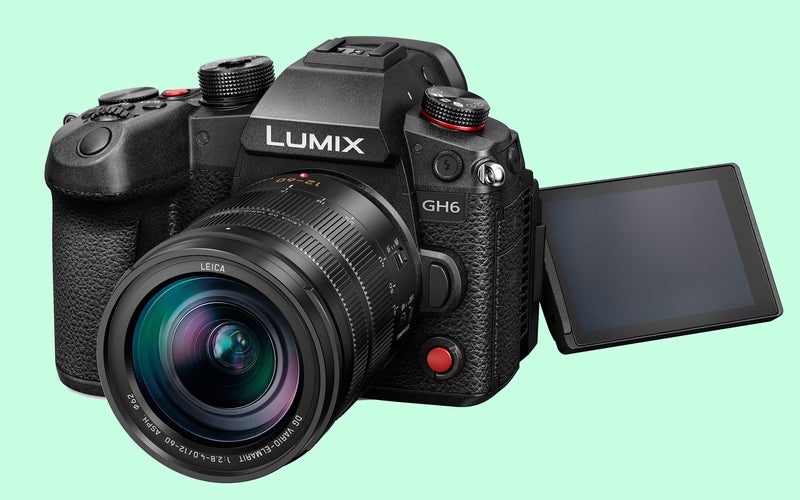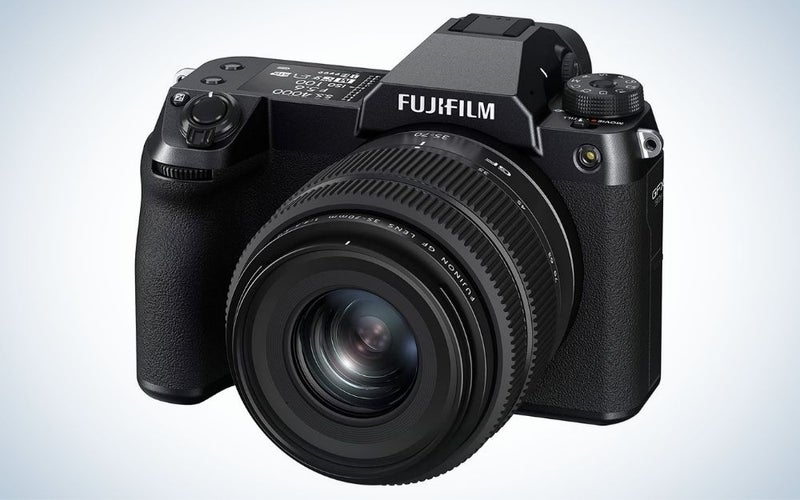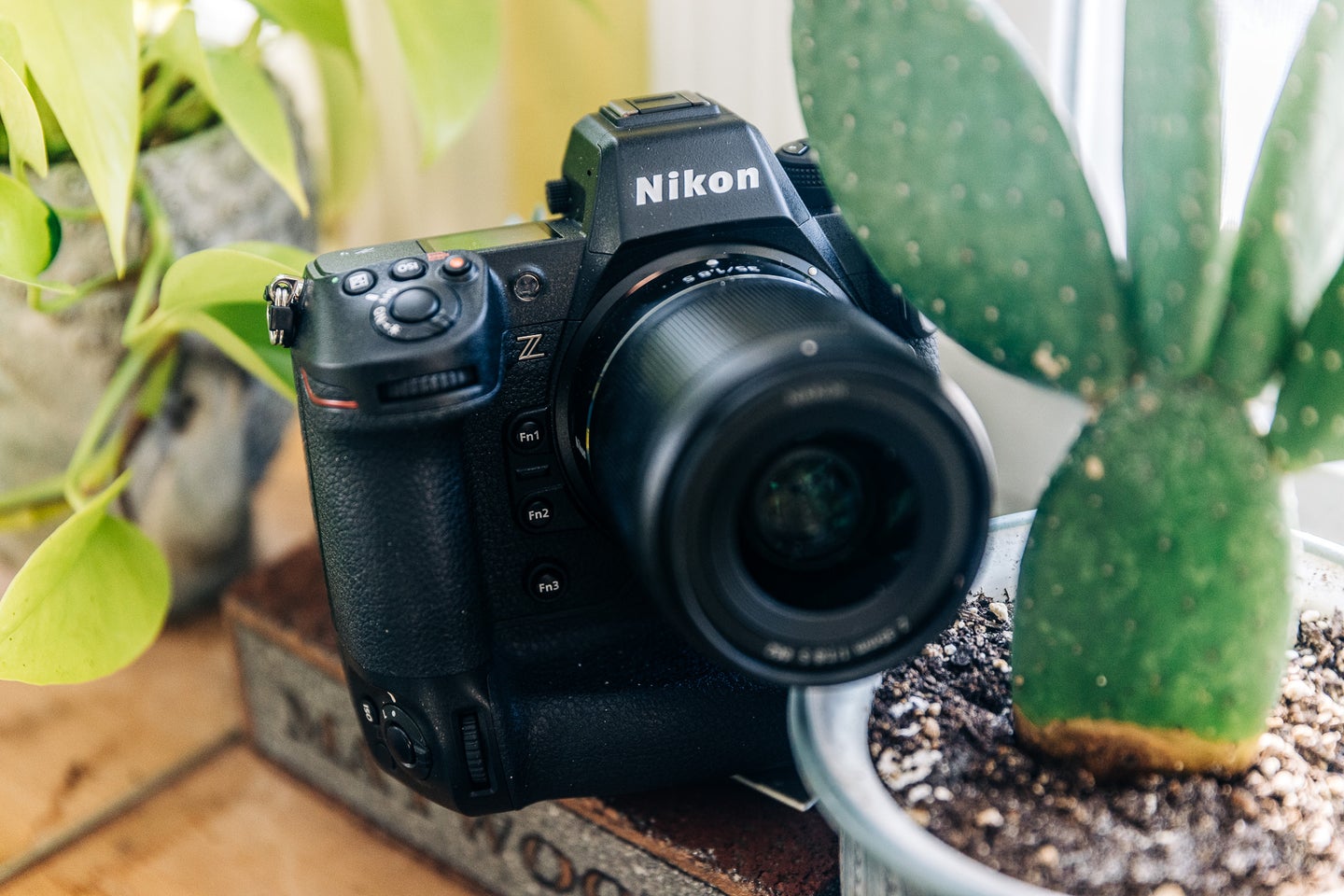
The Technical Imaging Press Association (TIPA) has just announced the winners of its 2022 World Awards. Even if you haven’t heard much about the association, you’ve likely seen its logo and “award winning” pop up in advertising for camera gear over the past 30 years.
What are the TIPA awards?
The TIPA World Awards are presented by the Technical Imaging Press Association, a group of 26 independent photography magazines from around the world. (In the US, Rangefinder and Digital Imaging Reporter are members.) The group has been giving out its awards since 1991.
Of course, over the years the categories have changed somewhat. Originally, they celebrated film cameras and film stocks, before transitioning to DSLRs and then mirrorless cameras. For 2022, for example, the aard categories were updated to remove the “Expert” tier of gear and combine the three APS-C categories down to one, while adding the Best Rangefinder Camera, Best Micro Four Thirds Camera, and Best Camera Innovation categories, and splitting Best Professional Hybrid Camera into 4K and 8K sub-categories.
While this kind of shuffling and adding niche categories could make it easier for companies to win awards (which is a fair criticism), we feel the categories are also a reasonable reflection of the state of the industry. APS-C cameras simply aren’t as relevant as they were five years ago—though with Canon’s announcement of the R7 and R10, that may change.
Do these awards matter?
Sure, to the camera companies who can now use “award winning” in their advertising, the TIPA World Awards are useful, but we’re long past the point where this kind of publicity could make or break a camera. They’re a fun legacy but if you want to know whether the Canon EOS R7 is the sports and action camera everyone hopes it will be, you aren’t waiting for the 2023 awards: you’re reading things like our preview and checking out YouTube videos right now.
Our takes on some of the winning cameras
MFT Camera: OM System OM-1
Om Digital Solutions Corp
“OM Digital Solutions Corp says they have refocused on the adventure genre with this new release, and the features they packed into this small camera reflect that. The improved autofocus and burst shooting speeds mentioned above will be excellent additions for adventure sport or wildlife photographers documenting fast action.” —Abby Ferguson
APS-C Camera: Nikon Z fc
Nikon
“On paper, the spec sheet looks as you’d expect for a camera at this price point. The heart of the camera, a 20.9-megapixel DX-format sensor, is roughly 25 percent smaller than full-frame FX-format full-frame sensors. That choice makes sense for the camera’s $959 price, which aims squarely at the enthusiast market. The autofocus system covers roughly 85 percent of the frame in either direction and face tracking and other convenient modes that make mirrorless cameras appealing.” —Stan Horaczek
Full-frame expert camera: Sony a7 IV
Abby Ferguson
“The a7IV brings some worthy updates, making it an excellent full-frame mirrorless camera suitable for many photographers and videographers, from sports and wildlife to portraits and vlogging. This latest version comes with a handful of new features and specs, including a new 33-megapixel sensor and an enhanced body design. It also has even better video and improvements to the already impressive autofocus system, making this one capable camera.” —Abby Ferguson
Full Frame Professional Camera: Nikon Z9
Stan Horaczek
“Nikon decided it wasn’t interested in moderation when it designed the relatively absurd Z9. It’s a mirrorless camera without any kind of mechanical shutter. Its sensor reads out super fast so it can capture huge bursts at 20 fps with full AF tracking and AE metering going the whole time. It’s built like a tank with lots of weather sealing, so it’s meant to last for years, even under harsh punishment. If you can find one in stock and afford it, there’s literally no situation in which this camera body would be out-classed.” —Stan Horaczek
Camera Innovation: Canon EOS R3
Canon
“Rather than trying to ratchet up the speed on its high-resolution cameras, Canon purpose-built a camera for sports photographers. It has a super-rugged coating on the outside and a deep grip that makes it very easy to hold, even when there’s a huge lens attached to the front. The autofocus menus have pages and pages of customizability, but the people and object tracking works fantastically right out of the box. The viewfinder is big and bright, thanks in part to the Eye AF system, which tracks your eye to determine where to focus. If you’re a sports shooter, I think this is the best camera you can buy at the moment.” —Stan Horaczek
Rangefinder: Leica M11
Dan Bracaglia
“With the M11, Leica created a photographer’s camera. It handles just as you’d expect an M-series body to. It doesn’t have autofocus. It doesn’t shoot video. It’s about as pure as it gets. But, don’t let that fool you into thinking it lacks advanced technology. The new 60-megapixel sensor inside offers three different resolution settings. You can capture the full 60 megapixels for maximum data, reduce it down to 36 megapixels for increased dynamic range, or drop it all the way to 18 megapixels for max dynamic range and improved low-light performance. It’s a clever system that gives this camera a ton of flexibility.” —Stan Horaczek
Professional 4K Hybrid Camera: Panasonic Lumix DC-GH6
Panasonic
“Last year’s announcement promised that the GH6 would be a highly portable, video-centric Lumix G-series flagship designed to take the reins from Panasonic’s extremely popular GH5 series. The company also pledged that it would deliver this new camera at a price tag of around $2,500. With a body-only price of under $2,200 and some very impressive specs, the GH6 looks not only to have delivered everything it promised… but for even less cash than we were expecting. Given the supply chain issues and inflationary woes the world has been faced with of late, that’s got to be commended.” —Mike Tomkins
Medium Format Camera: Fujifilm GFX 50S II
Fujifilm
“Medium format digital cameras used to cost about as much as a family sedan, but Fujifilm’s GFX cameras have brought that price down considerably. The GFX 50S II offers many features you’d expect from a pro-full-frame mirrorless camera, including an in-body image stabilization system and advanced object tracking AF.” —Stan Horaczek
The post TIPA dubs its top new camera gear of the year appeared first on Popular Photography.
